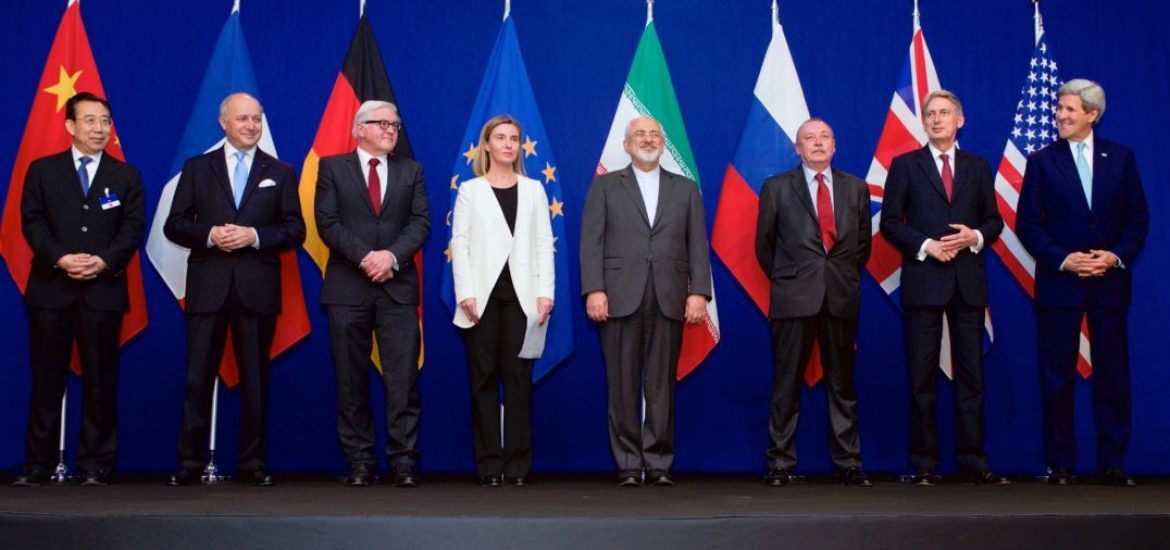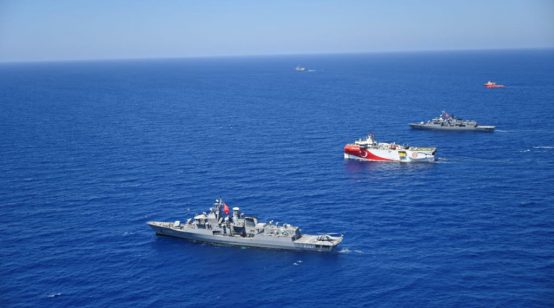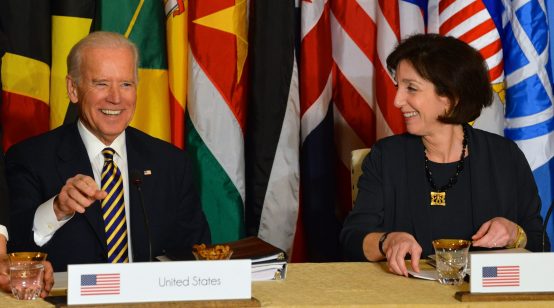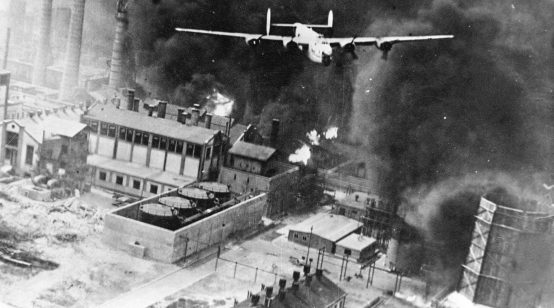
Donald Trump’s Twitter spat with the Organization of the Petroleum Exporting Countries (OPEC) last week, in which the American President accused the organization of artificially lifting oil prices, provided theater for oil market watchers, and could foreshadow the Administration’s future policy on the Iran deal.
Trump’s tweet was not entirely baseless: the central reason that oil prices have risen since November 2016 is the alliance between Russia and OPEC to curtail production and reduce spare capacity globally. Spare capacity is now as dangerously low as it was prior to the 1973-4 Arab oil embargo. The unraveling situation in Venezuela is also playing no small part. This means that a major disruption in oil supplies could send prices skyrocketing.
Trump’s tweet sets an intriguing stage for May 12, the self-imposed deadline for him to revise the Iran deal or leave it. If Trump does leave it, oil prices will likely shoot up. He will then have to explain why U.S. oil producers are seeing windfall profits while American consumers, especially much of his base in rural areas, will be paying higher gasoline prices. But with his recent tweets, the President smartly shifted the blame for higher prices to OPEC. Trump will surely do the same if he leaves the Iran deal and prices rise again.
Temperature rising
New personnel in Trump’s cabinet – National Security Advisor John Bolton and Secretary of State Mike Pompeo – raise the possibility for assertive U.S. action against Iran. These officials view Iran as a menace to the security interests of the United States and its allies in the Middle East. The United States, moreover, has become comfortable with Iran as an enemy, it seems, after almost 40 years of imposing sanctions on the country and particularly within the context of the Syrian war.
Ripping up the Iran deal also fits Trump’s favorite pastime: undoing anything that the Obama Administration achieved. Trump has verbally threatened to rip up the Iran deal on several occasions in the past. Following through on the threat would burnish his image as a tough-swinging act. Last week, Republican Senator Bob Corker said that he believes that Trump will leave the Iran deal barring “a breakthrough.”
Humpty dumpty
European leaders have not assuaged Trump’s concerns about the Iran deal since he came into office early last year. They have mostly dithered on rewriting a new, “fairer” deal, instead proposing to craft add-on policies that would restrict Iran’s ballistic missiles alongside its nuclear weapons. These have not delivered concrete proposals, and Trump is tiring of the foot-dragging.
French President Emmanuel Macron and German Chancellor Angela Merkel are visiting Washington this week to persuade Trump not to ditch the deal. For Macron, the best outcome might only be to protect French interests. French company Total was the only major international oil company to make a serious post-sanctions commitment to Iran – to help Tehran develop the South Pars gas field it shares with Qatar – and has already requested a waiver if sanctions are reinstated.
The complex diplomatic architecture that went into assembling the original Iranian sanctions regime will be difficult to put back together. China is almost certain to abstain, and its participation in the 2012-15 sanctions was vital to their success.
Richard Nephew of Columbia’s Center on Global Energy Policy and author of a new book that analyzes the performance of U.S. energy sanctions against Iran, The Art of Sanctions, would caution against thinking sanctions are an easy or even useful policy choice. Nephew (p. 128) argues that sanctions should be considered measures that cause real pain on their target and, when pushed too far, can lead to over-reach: “if one thinks of sanctions as an instrument of force, then it is easy to understand how over-reach can occur and why the response [from the country targeted by the sanctions] to it can, at times, transcend economic or political means.”
The United States, in other words, is highly unlikely to get what it wants – no nuclear program and a withdrawal of Iranian military and political influence from the region – with more sanctions. Iran, having seen that its acquiescence in 2015 got it nothing, will simply learn to live with and circumvent new sanctions.
Too much dominance
Ending the Iran deal has seeming advantages for Trump and U.S. energy. Iran’s energy production will decline and its prospects for future economic growth will continue to stagnate. The regional Cold War will simply enter a new phase, but its overall structure will not change. Trump will look “strong” domestically without taking the unpopular step of sending U.S. troops to the region.
It will also bolster Trump’s quest for U.S. energy dominance. By taking Iranian oil off markets, U.S. producers and others will fill the void. By sending oil prices higher, U.S. production will be incentivized to grow, buoying the U.S. economy to some extent. The shale revolution was, after all, a reason the U.S. economy flourished under Obama, and Trump wants to harvest similar gains.
Yet Trump and OPEC producers alike might be failing to heed one of the main lessons of the 1973-74 Arab oil embargo and even the 2011-14 period of over $100/barrel oil. High, volatile oil prices stimulated consumers to seek cheaper, alternative energy sources and to embrace conservation and energy efficiency. They also will have an unsettling effect on a global economy already nervous about rising protectionism.
Trump’s Twitter games are creating a boogeyman for the recent rise in oil prices and for their future escalation if he cancels the Iran deal. The consequences of ending the Iran deal will not be immediately felt – oil companies will have 180 days to respond and alter their arrangements – but in a world where one tweet sends markets running, we better hope the adults are in charge somewhere. Trump and his 32-year-old counterpart in Saudi Arabia, Crown Prince Mohammad Bin Salman, do not appear to be looking to the past to guide the future.





